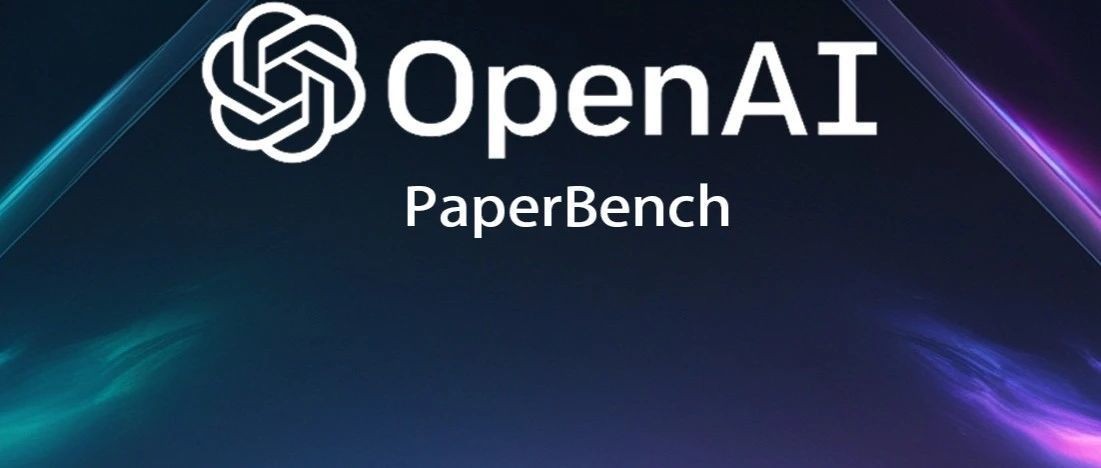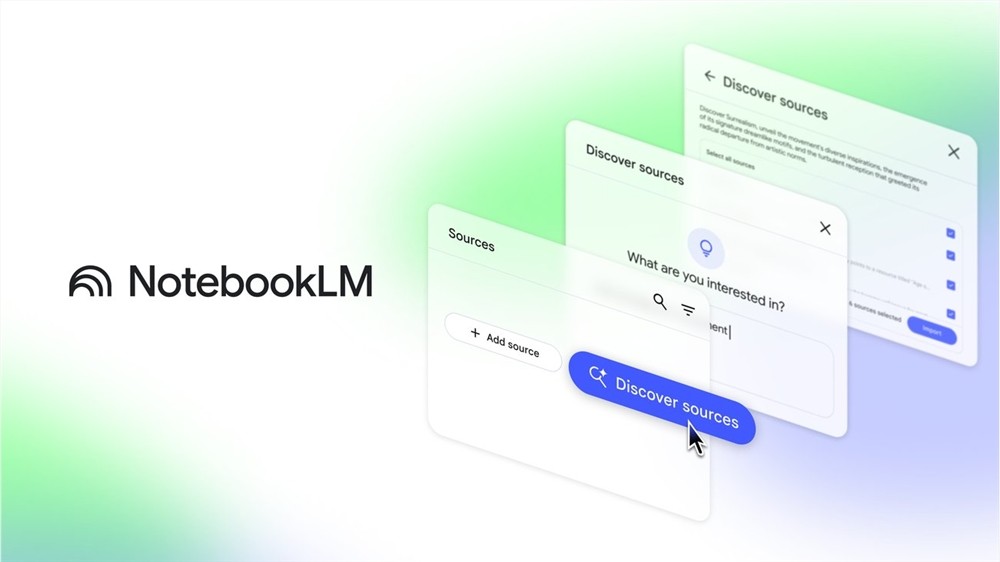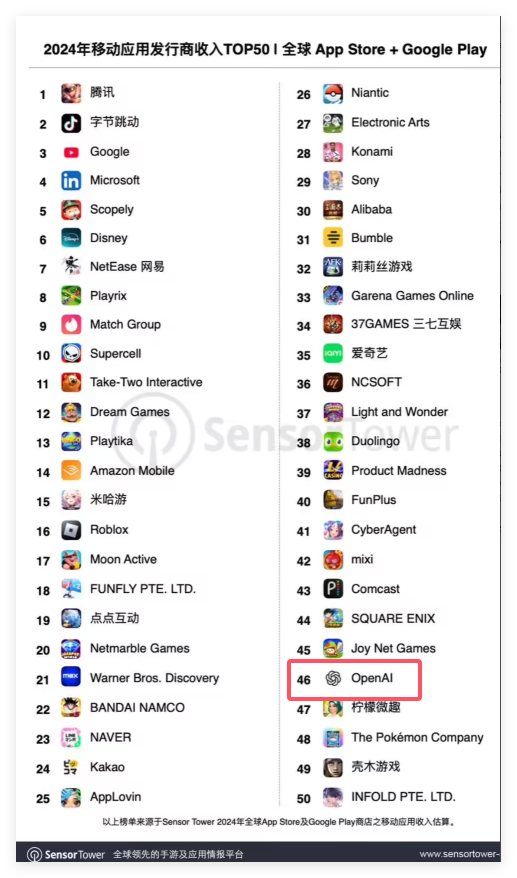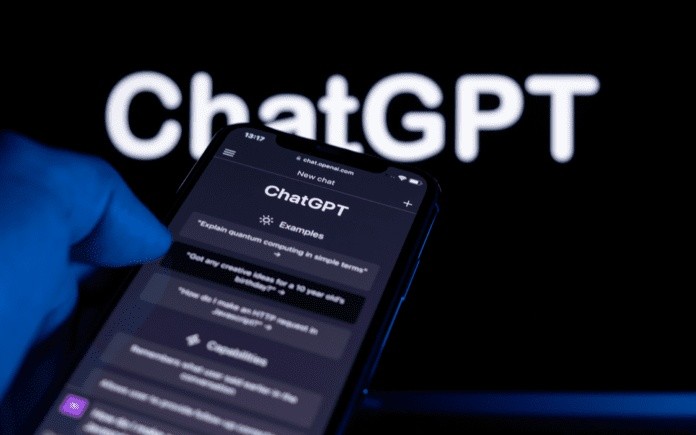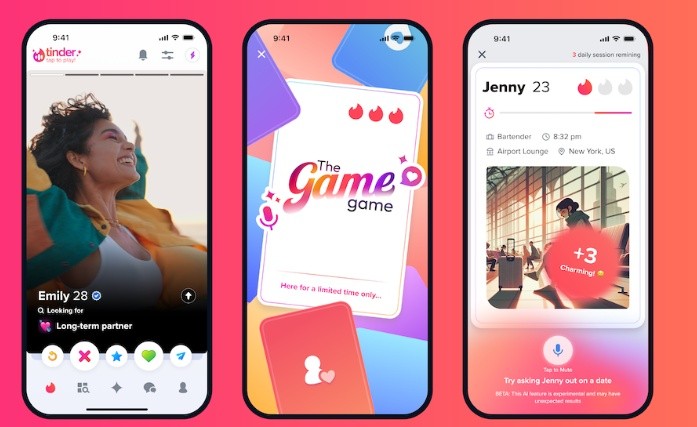GPT-4o mini TTS is a lightweight text-to-speech (TTS) model launched by OpenAI. It aims to convert text content into natural and smooth speech, and allows developers to control the intonation, emotion, style and other characteristics of the speech through instructions.
This innovative technology is based on the GPT-4o mini model, with fast and powerful processing capabilities, capable of supporting multiple languages and sound options to suit different scenarios and needs.
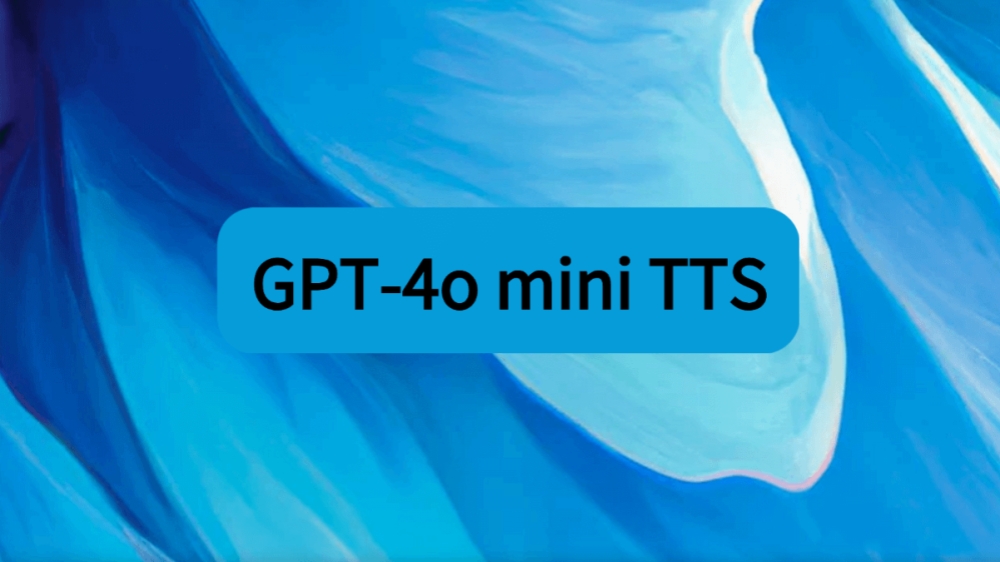
Project official website : GPT-4o mini TTS official website
Experience Demo online : Try GPT-4o mini TTS
Text to voice : Supports multiple voice control options, such as intonation, emotion, speed, etc.
Multi-voice options : Provides 11 different sound models, such as alloy, ash, coral, etc.
Multilingual support : supports voice synthesis in multiple languages to meet the needs of global users.
Real-time audio stream processing : supports real-time generation and output of audio data, gradually playing, without waiting for the complete audio file.
Multi-format output : supports multiple output formats, such as MP3, Opus, AAC, etc., which is convenient for integration into different applications.
Based on the GPT-4o mini model : Advanced GPT-4o mini technology is used to generate natural and smooth voice, with a maximum input character number of 2000.
Emotional and Style Control : By introducing additional control signals, the model can adjust the emotions and style of the voice (such as "calm", "encourage", "serious" and so on).
Multilingual dataset : Use multilingual datasets during the training phase, allowing the model to generate natural speech in multiple languages.
Real-time audio streaming processing : adopts streaming processing technology, supports real-time response to voice commands, providing a smoother interactive experience.
Intelligent customer service : Provide intelligent customer service services through voice interaction to improve customer experience.
Educational learning : Read textbooks aloud and provide voice feedback to help students better understand the content.
Smart Assistant : Provide voice interactive services in smart homes, mobile devices and other scenarios.
Content creation : Generate audio books, podcasts, voice news, etc. to enhance content expression.
Accessibility Assist : Provide voice assistance for visually impaired or dyslexia to improve information acquisition ability.

